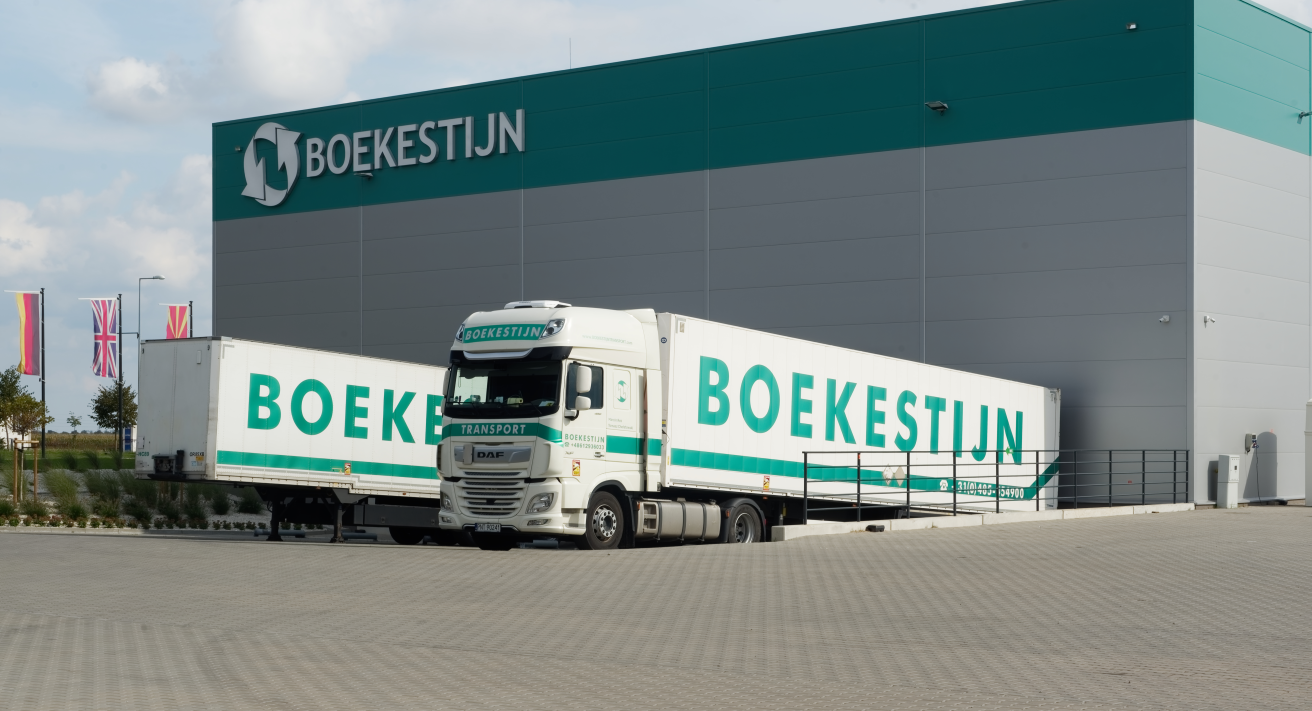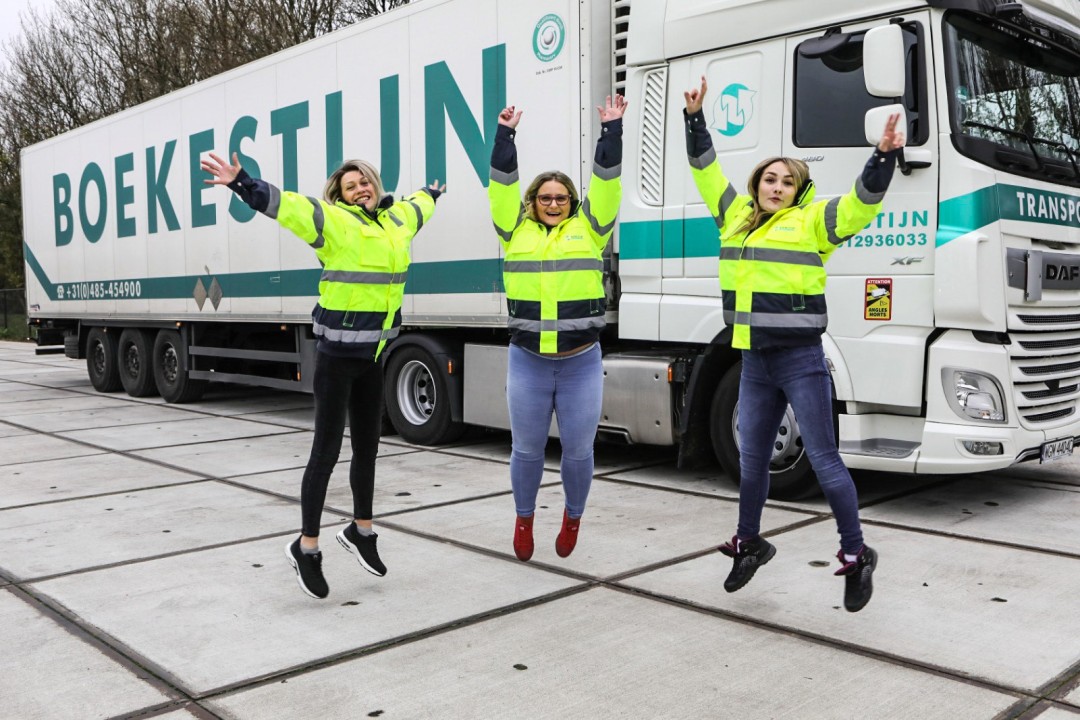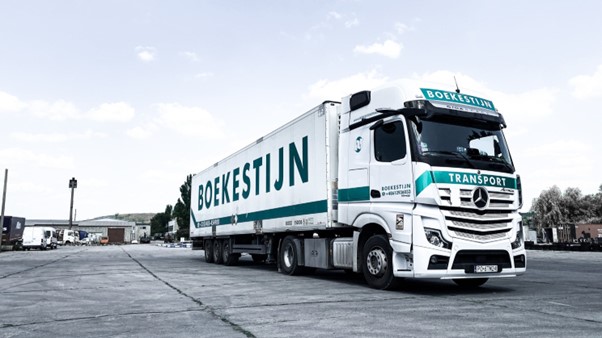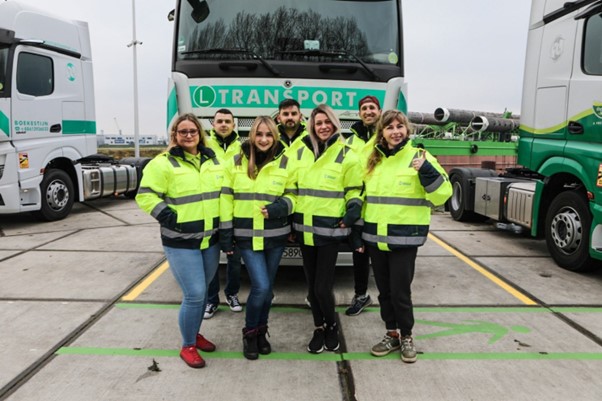
Susie Jones
Boekestijn Transport Case Study
Created: 08/08/2024
•
Updated: 15/08/2024
Boekestijn Transport is a family-run business offering an all-in-one logistic service. The company has seen vast growth over the last 29 years and prides itself on its high standards and competitive prices. Team leader, Lukasz, tells us about the company and its SNAP experience.
"The company Boekestijn has existed since 1994, and for now is operating with 1000 trucks in the whole of Europe,” says Lukasz. No mean feat when you discover that in their humble beginnings, the company started with one driver, a truck, and a bedroom serving as an office.

Nowadays, Boekestijn Transport specialises in the transportation of fashion garments, pharmaceuticals, trailers, and more. “We have departments in Poland, the Netherlands, Germany, Moldova, and the United Kingdom," Lukasz explains. Their growth and commitment to the logistics industry hasn’t gone unnoticed. In February 2021, the company was given a Medal of Honour from Transport and Logistics Poland for its contribution to the Polish transport market.
Driver and cargo safety with SNAP
Driver and cargo safety is imperative for fleets like Boekestijn Transpot. The company has implemented measures to ensure load safety and security. Consisting of 24-7 load monitoring and multi-manned trucks. The company was the first Dutch company and the third in Europe to be approved by TAPA. The TAPA Trucking Security Requirements are in place to “protect products transported by road and ensure the safety of drivers, vehicles, and cargoes by preventing criminal attacks."
Safety and security were important factors for Boekestijn Transport when deciding on SNAP. Lukasz explains “It was to keep a safe parking flow for my drivers as well as the cargo. With SNAP we can be sure that where we park everything will be safe."

With over 150,000 drivers currently on the SNAP network, safety and security at our service partners is something we take into consideration. Additionally, our SNAP Access & Security team have been deployed to several of our service partners to provide bespoke solutions to protect drivers from the threats of cargo crime. The team will audit locations and recommend the best facilities to secure a site.
SNAP benefits for fleets
For operators like Lukasz, SNAP makes fleet management simple and stress-free. We simplify the process through connected services and our HGV network. “I heard about SNAP from my colleagues and had no hesitations about our fleet using it. The setup was an easy process for all of us” says Lukasz. He states SNAP has enabled him and the team to “plan our routes so our trucks cover more mileage, because of the reservations feature for parking. We can be sure they will park in a safe location."
The company’s fleet operators aren’t the only ones benefitting from SNAP, drivers are too. SNAP makes drivers’ lives easier by connecting them to our network of road transport services when and where they need them. Boekestijn Transport have 1000 trucks traveling across Europe, so a seamless and simplified solution is vital. Lukasz tells us the “the reservation feature of SNAP is the most useful for the fleet.”

And the best thing about joining SNAP for Lukasz and the team?
“From the driver’s perspective, they avoid any extra costs. It’s all done through SNAP,” states Lukasz.
By joining SNAP Account, Boekestijn Transport have a fleet payment solution to pay for truck services – without cash or a card. Whether it’s truck parking, truck washing or Dartford Crossing payments, it’s all done through SNAP.
Sign your fleet up for SNAP today
Our fleet payment solution is used every 15 seconds across the continent to pay for truck services. Join over 6,500 fleets using SNAP Account as their all-in-one fleet payment solution.



